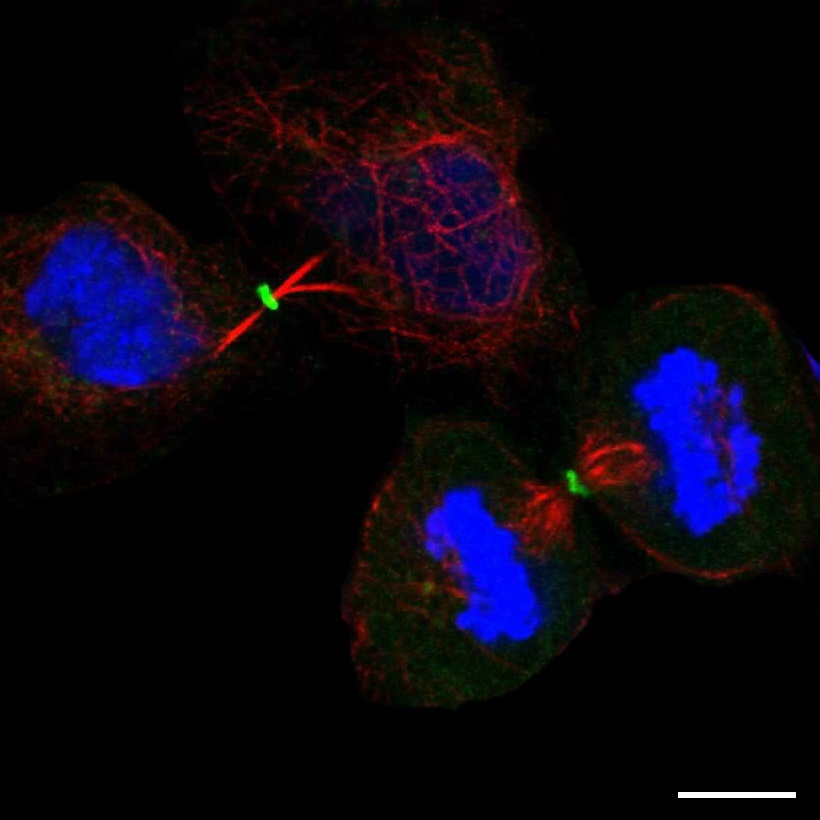Enhancing Drug Development With Half-life Extension Strategies

The field of biopharmaceuticals is playing an increasingly pivotal role in medical treatment but is encountering several challenges. One pressing issue is the short half-life of many biopharmaceutical products, which leads to rapid degradation and clearance from the patient's body, necessitating frequent dosing. In this article, we explore how half-life extension strategies in drug development can address this challenge, improve patient convenience, and enhance therapeutic outcomes.
Biopharmaceuticals encompass a wide range of drugs based on endogenous peptides and proteins, including hormones, enzymes, growth factors, interferons, and antibodies. These molecules hold immense potential in medical therapy. However, most therapeutic proteins have a short half-life, typically lasting only minutes to a few hours, requiring frequent drug administration and complicating treatment. This frequent dosing can lead to symptom exacerbation if patients miss their doses. Prolonging the plasma half-life of these drugs can extend dosing intervals, reduce patient burden, and improve their quality of life, especially for patients with chronic diseases requiring lifelong treatment.
Various half-life extension drug discovery and development can be achieved through methods such as polymer conjugation, bioactive natural protein conjugation, carbohydrate modification, and sustained-release drug delivery systems.
Bioactive natural protein conjugation techniques are gaining acceptance due to their reduced toxicity. For example, albumin conjugation, a well-established half-life extension technology, is widely used in numerous protein drugs on the market. Fc-Fusion technology is generally applicable to modifying most therapeutic proteins and has demonstrated favorable effects on half-life extension, therapeutic efficacy, and physical properties.
The Fc fusion strategy involves utilizing the Fc portion of immunoglobulin G (IgG) molecules to prolong the circulating time and bioavailability of biopharmaceutical products. However, due to the structural complexity and heterogeneity of Fc fusion proteins, a set of analytical tools is required for proper characterization. Fc-fusion protein analysis confirm their primary structure, assess major post-translational modifications (PTMs), such as charge/size variants and glycan profiles, and evaluate key physicochemical attributes, including identity, purity, and integrity.
Sustained-release drug delivery systems aim to prolong a drug's presence in the body by controlling its release rate. This is typically achieved by encapsulating the drug within a carrier, which can take various forms, including particles, films, and gels. Controlled release slows drug clearance, benefiting the treatment of chronic diseases and reducing the frequency of medication.
Nanoparticle-based systems use nanoparticles to modulate the pharmacokinetics and pharmacodynamics of therapeutic agents. These systems act as reservoirs, gradually releasing the drug into circulation, rather than delivering the entire therapeutic dose at once, resulting in a long-acting formulation.
Lipid-based systems protect drug molecules within lipid membranes during transport to the target site, extending their half-life and reducing enzymatic hydrolysis. The development of lipid-based delivery systems has evolved from laboratory research to clinical applications over nearly five decades, yielding significant progress. Additionally, polymer microspheres find wide use in continuously releasing small and large therapeutic agents through various administration routes.
By controlling drug release rates and leveraging the stability of the Fc portion, these innovative strategies can extend drug half-life, enhance therapeutic efficacy, and improve the patient's drug administration experience. These advancements hold great promise for the future of the biopharmaceutical field, offering patients more durable, convenient, and effective treatment options.




